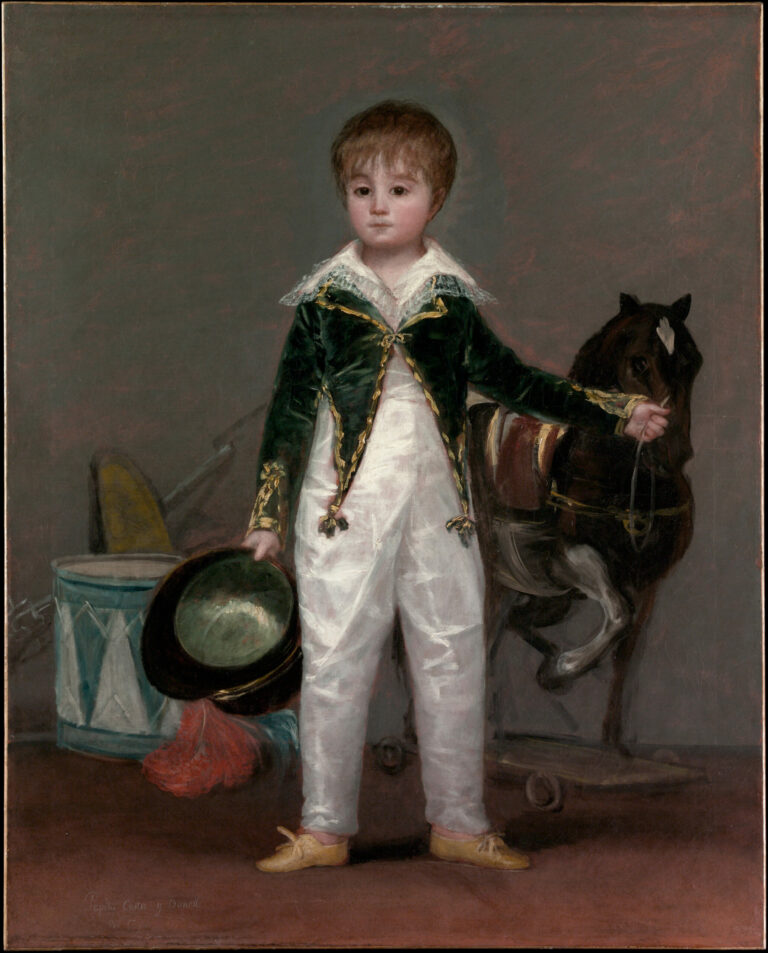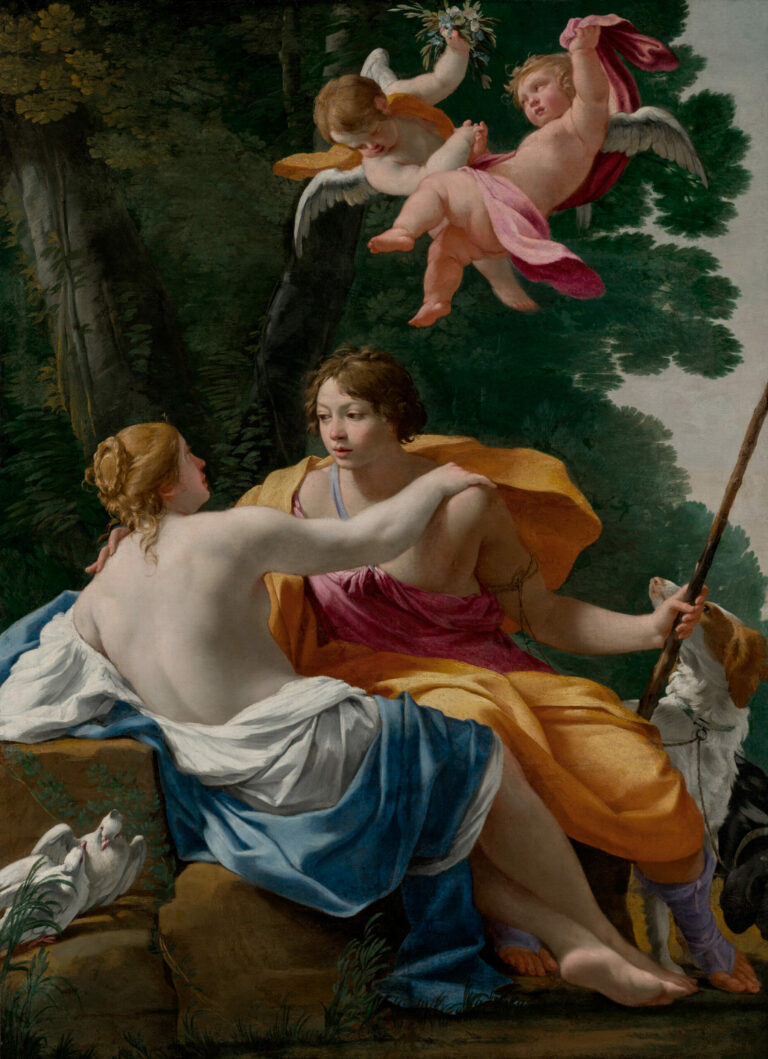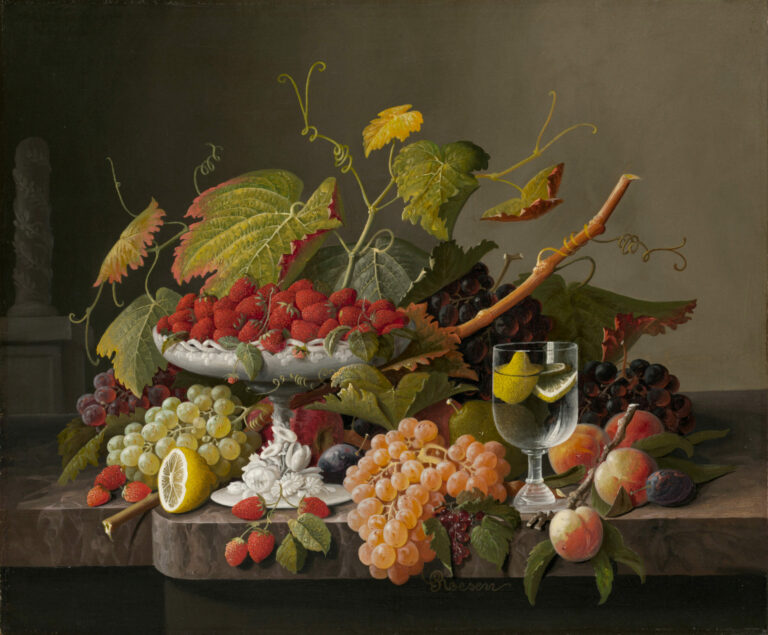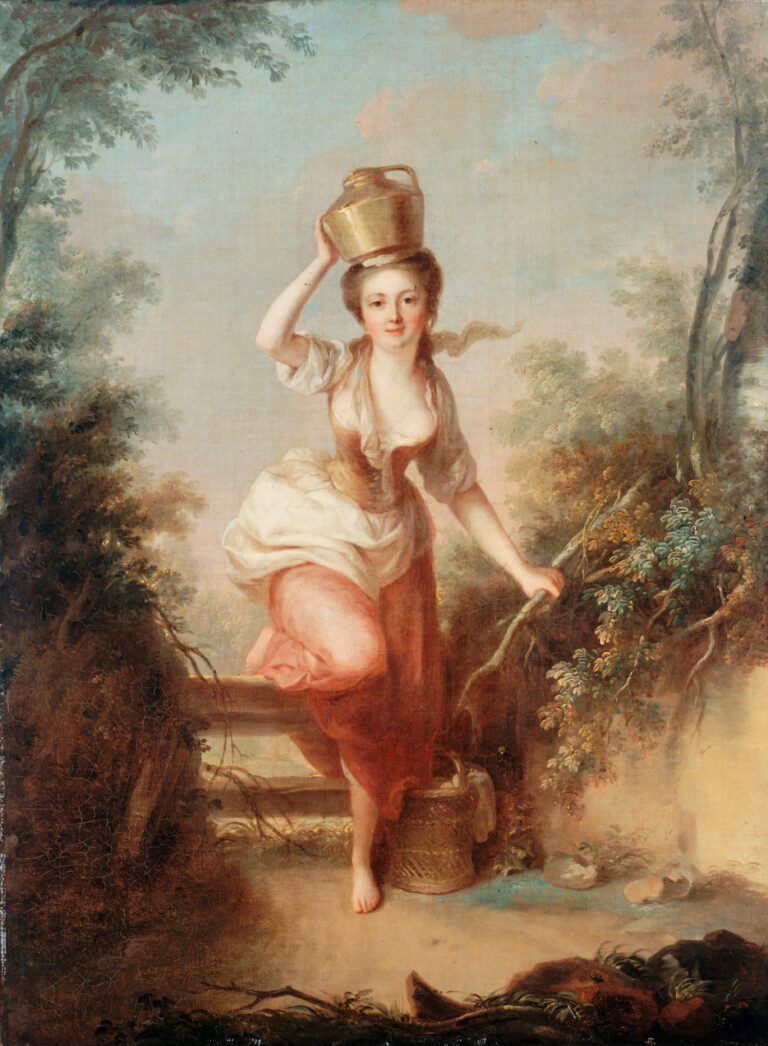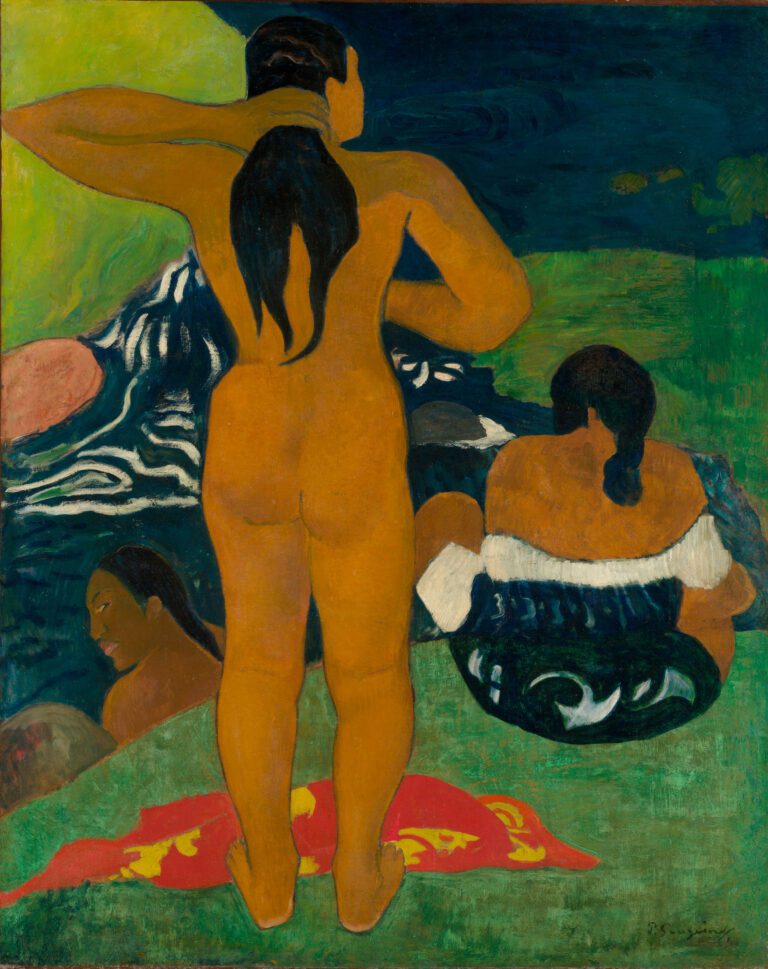
Antwerp, early 1620s. The young Van Dyck, barely twenty-three years old, seizes upon a biblical narrative charged with violence and desire. In a garden in Babylon, Susanna bathes peacefully. Two elders suddenly appear, threaten her, attempt to force her. The drama is here.
A Suffocating Composition
Van Dyck tightens the framing around these three figures. No escape. Susanna recoils, her body expressing fear. Her hand modestly protects her chest. The red drape of her tunic reveals her vulnerability. The two men encircle her, their grimacing faces betraying their intentions. One points an accusing finger, the other whispers threats. Their massive bodies, wrapped in heavy fabrics, crush the young woman. Van Dyck paints with a technique inherited from Venice: rapid touches, luminous reflections, generous pictorial matter.
A Biblical Narrative of Burning Relevance
The story comes from the Book of Daniel, an apocryphal text where virtue triumphs over slander. Refusing the advances of the two elders, Susanna is accused of adultery. The prophet Daniel reveals the truth and saves the innocent woman. In the Baroque era, this theme allowed exploration of human psychology at its darkest. Van Dyck demonstrates here his talent as a history painter, condensing the action into a dramatic instant.
Van Dyck’s Meteoric Rise
Anthony van Dyck (1599-1641) left Rubens’s workshop around 1620. He sought his own path, studied the Venetian masters, absorbed Titian and Veronese. This Susanna marks a turning point: the young prodigy now masters grand history painting. A few years later, he would become the most sought-after portraitist in Europe.
Think about it
💭 When a woman’s word opposes that of powerful men, whom do we choose to believe and why?
About This Work
- Susanna and the Elders, Anthony van Dyck, circa 1622-1623
- Oil on canvas, 194 × 144 cm
- Alte Pinakothek, Munich
- https://www.sammlung.pinakothek.de/de/artwork/8eGVjjBGWQ/anthonis-van-dyck/susanna-und-die-beiden-alten

